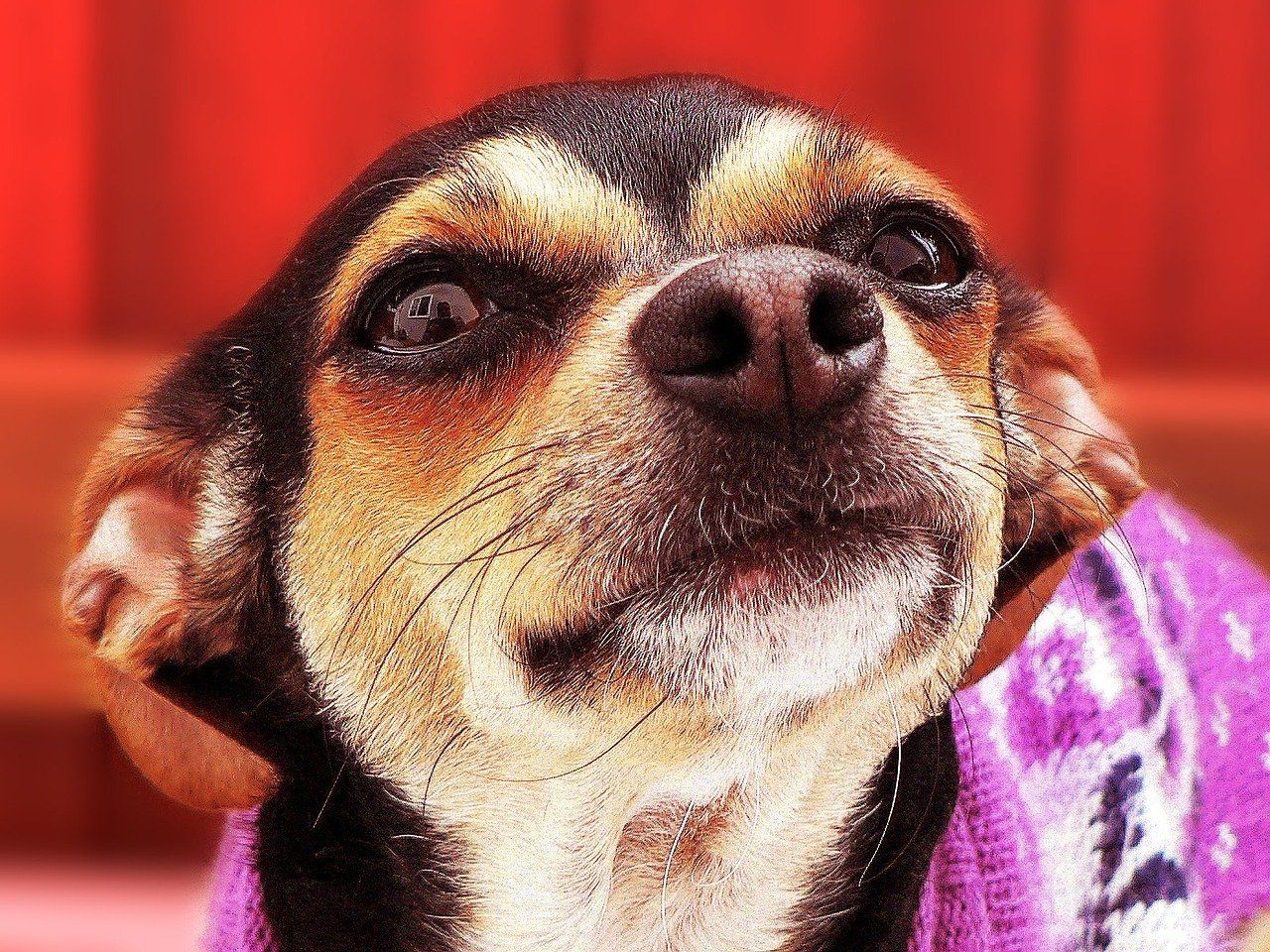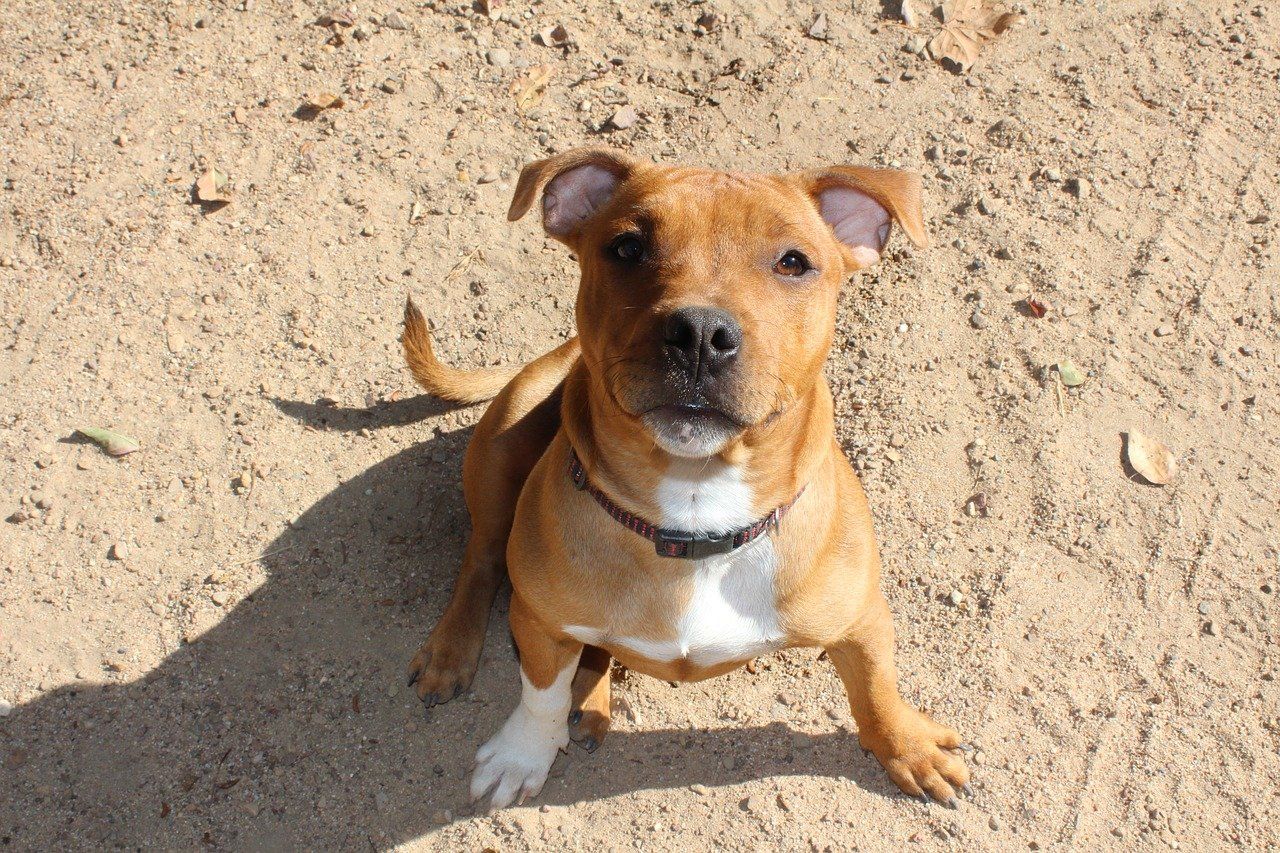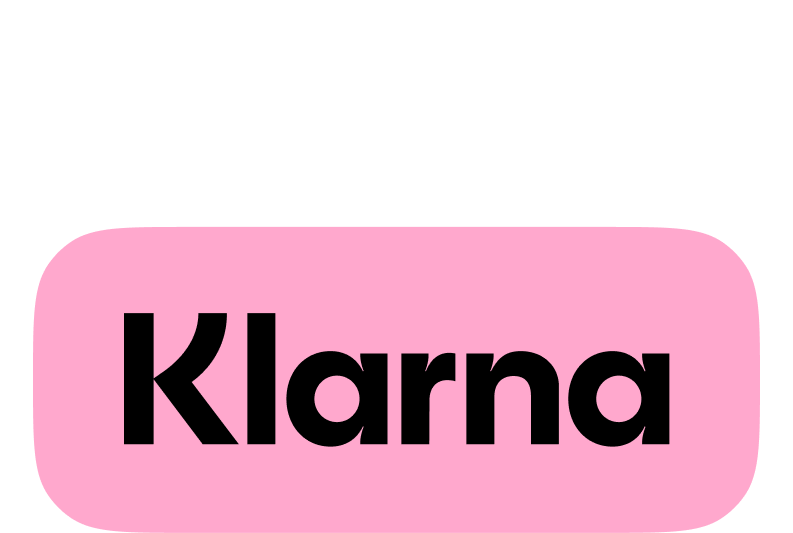Puppy Portal
It's all in the preparation...
Before You Get Your Puppy
The First Few Days
The Next Steps...
Arriving Home
Helping Your Puppy Cope With Being Alone
Due to the social nature of dogs it is important to encourage your puppy to feel comfortable when being left alone.
In order to set your puppy up for success then this should be introduced in a gradual way early on in your puppy’s life, this way it may simply become part of your daily routine.
- It is important that a gradual introduction to this process is carried out - this may be done in the following way:
- A suitable area should be provided in which the puppy may settle and rest (such as a crate or bed).
- Encouraging your puppy to settle with a chew toy or treat dispensing toy may be used to create independent activity in the chosen area whilst you are carrying out household jobs nearby.
- Monitor for signs of relaxed body postures and a lack of interest in you by your puppy.
- Gradually move to more distant areas of the house as your puppy becomes accustomed to settling in its area alone with a toy or treat for entertainment.
- When appropriate, progression can be made to leaving the house briefly, gradually increasing the time your puppy is able to be comfortably left.
- Building this into your daily routine helps to maintain the behaviour and for it to become a familiar part of each day.
(Please note that dogs should not be left for long periods on their own during the day)
Toilet Training
Puppies are growing animals and whilst you may see the development that takes place on the outer parts of their bodies, deveolpment and growth is also happening on the inside. This includes the muscles controlling the bladder and bowel. Accidents are likely to happen, but with patience and consistency they are likely to soon accomplish it. Frequently taking your puppy outside even during unfavourable weather is key to achieving success.
Puppies will also need to be shown appropriate areas in which to toilet - they will not automatically know that toileting indoors is not acceptable for us.
- Take your puppy outside to the preferred location at regular intervals whilst they are learning to control their bladder and bowel. This should occur particularly after feeding, sleeping, playing and other periods of excitement!
- Using a lead each time you go outside enables you to guide them to the preferred area and also to immediately reward them for toileting as you are always nearby.
- Spotting signs that your puppy may be about to go to the toilet helps you to effectively lead them outside to the preferred area at the right time. Circling and sniffing are examples of early warning signs.
- When outside time and patience is required. Staying quiet helps to minimise distractions that may otherwise interrupt the toileting.
- In the event that they do not go at this time, they may be led back inside, with close observation as they are likely to need to go outside to toilet in the near future.
- Immediate reward and praise for toileting outside should occur every time a desired result occurs. Rewarding behaviour increases the likelihood of it occurring again in the future. Eventually simply the action of toileting serves as a reward to going to the toilet outside.
- Introducing a word which is paired with the action of toileting helps to serve as a cue in the future.
- Keeping doors to the garden closed creates a natural barrier. This may help your puppy to determine a distinction between ‘indoors’ and ‘outdoors’ (ie where is appropropriate to toilet).
- Punishment must be avoided. If they happen to go indoors, then you just have to keep absolutely quiet and once they have moved away, quietly clean up any mess. This should be done with an appropriate biological cleaning agent in order to remove all odour otherwise this may encourage further toileting in the same area.
Feeding Regime
It is a good idea to have some food that the puppy is already used to eating available. There is no need to vary the meals and we don't recommend the addition of things such as Cow or Goat's Milk, Weetabix, Chicken etc.
- We suggest the routine feeding of a good quality commercial dog-food. Breed specific formulations may be optimal for some dogs, for example, large breeds.
- Whether the preparation is wet or dry may be determined by youseves and your puppy.
- Specific feeding guides on the packaging of individual diets should be taken into account when determining the amount you feed your puppy. Changes in growth rate and body condition means that individual adjustments should be made in order to ensure that you are feeding the required amount.
- The daily required feeding amount should be split into three meals. Matching mealtimes with your own is often an easy way to divide these throughout the day. An early evening meal enables digestion to occur before bedtime and may help to reduce toileting overnight.
- Feeding at consistent times helps to form part of a daily routine.
- Moving on to an adult preparation usually occurs between one and two years in accordance with breed. Your vet may help to provide more information on individual requirements
TOP TIP: The feeding guides on dog food are usually VERY generous. We would suggest that, as a rule-of-thumb, you feed about 10% LESS than the lower end of the feeding guide amount.
If you find your puppy is leaving food at the end of the meal - then you are probably feeding too much!
Basic Training.
- Be patient. Setting aside time during the day to do short sessions means that you are not rushed and are calm and patient.
- Be clear and consistent in the general rules you expect your puppy to follow. For example, if you don’t want them to jump up at people then do not give them attention sometimes when they do.
- Be consistent in your interactions with your puppy, with clear and calm guidance. This helps to build a strong bond which encourages your puppy to look to you for cues as to how to behave in the future.
- Do not punish. Punishment is a poor training tool and does not teach your puppy the way in which you expect it to behave. Punishment can cause or increase anxiety which impairs learning. It may lead to further unwanted behaviours such as fear aggression.
- Do positively reward all desirable behaviours at every opportunity. It is easy to ignore your puppy when they are behaving in a desirable manner. Even just taking the time to say ‘good dog’ lets your puppy know that you are pleased with the way they are behaving in that moment. Positive reinforcement increases the likelihood of the behaviour being repeated in the future.
- Redirecting your puppy helps to guide them to more appropriate alternative activities when necessary. For example, if they start to chew the skirting boards instead give them a puppy safe alternative chew toy to chew on.
- Establishing a routine helps to ensure that time is made for both of your daily needs.
- A predictable environment helps your puppy to feel more confident in their surroundings and reduces anxiety.
Planning the First Vet Visit.
- If they have already had a vaccine, it is worth while calling us in advance as some vaccine brands cannot be mixed between the first and second doses.
- Make sure you find out if the puppy has already had their microchip (it is the law now). Also make sure that you have successfully registered your own details to the microchip database. Here are some links to the common chip database transfers: PetLog , Kennel Club, Avid.
TOP TIP: If you have time you are welcome to pop into the waiting-room with your puppy. They can meet the team on reception and experience sitting down for a moment and being weighed on the scales - so that it becomes part of their routine.
The waiting-room is generally less busy around lunch-times and so this is an ideal time for you to visit.
TOP TIP: We also suggest that as your puppy is growing, that they come to our Nurse Clinics. These sessions mean that your puppy starts to become familiar with:
- The journey to the practice
- Meeting a range of people in uniform
- Standing on weighing scales and examination tables
- The practice itself - with the bright lights, smells and flooring
- The waiting room with other people and animals
- Handling and veterinary examination of ears, eyes etc
- Various equipment such as stethoscopes and clippers.
All of this helps you and your puppy to feel comfortable whenever you have to visit the practice, with a strong emphasis on a positive and relaxed experience with treats and toys etc. This can help to build confidence and reduce fearfulness. s





